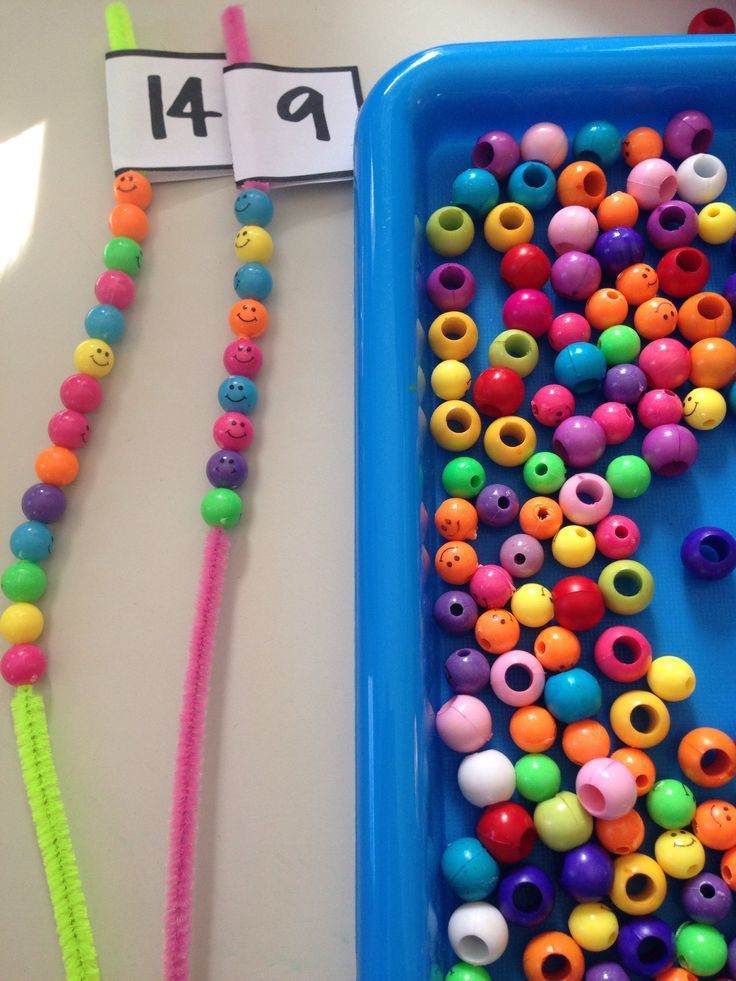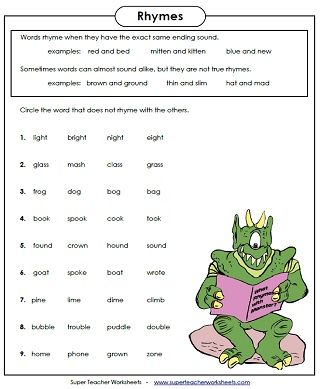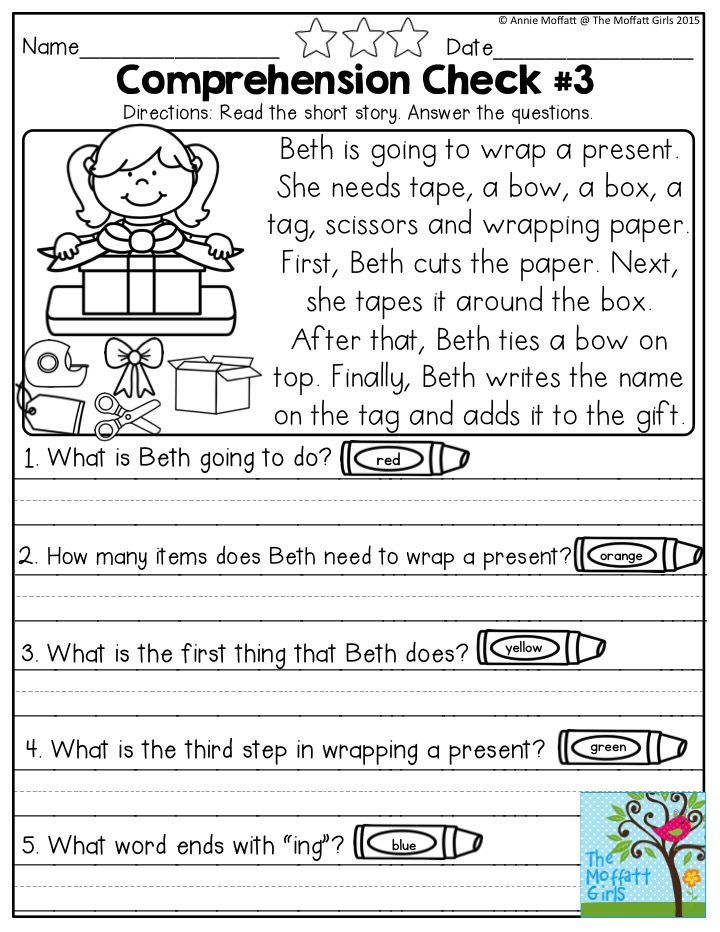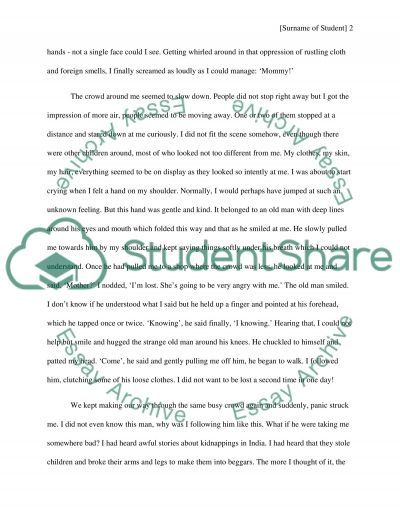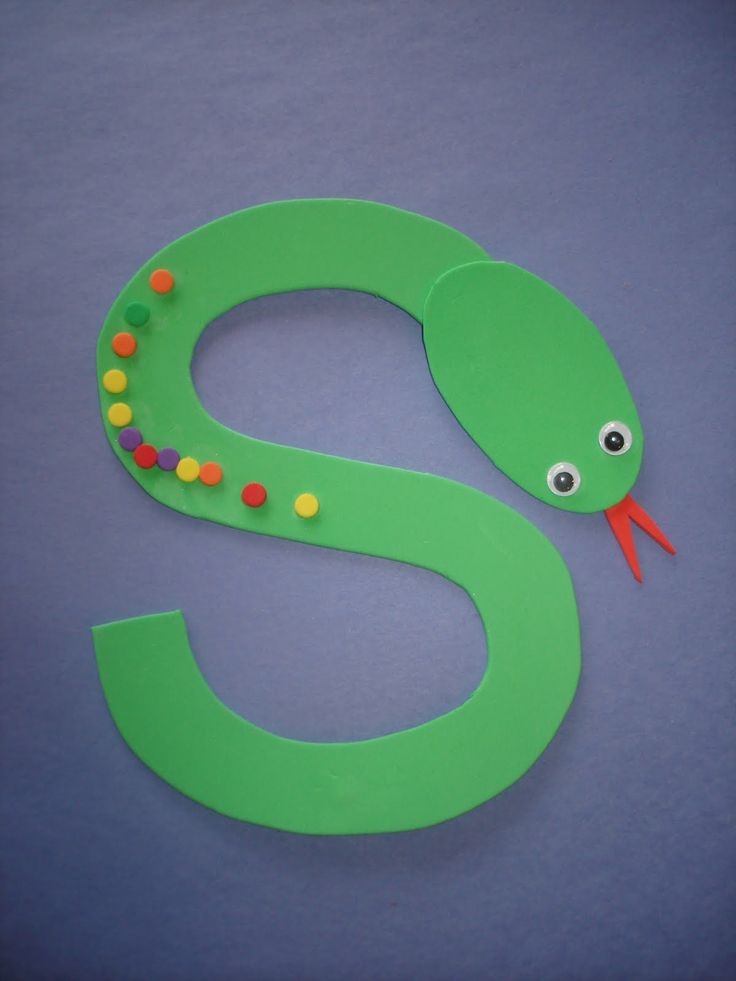High frequency words examples
What are high frequency words?
As your child learns to read and spell they’re likely to bring home lists of words. Moira Holden looks at ways in which you can reinforce the learning of high frequency words at home.
or Register to add to your saved resources
What are the words my child brings home from school?
In Reception, your child will be given around 45 high frequency words to learn over the year – the aim is for them to be able to recognise these words and to be able to read them. Children learn these words as part of their phonics lessons and may also bring high frequency words home to read.
Why are they called high frequency?
High frequency words are common words, words that appear very often in written texts
. They are a mixture of decodable words (words that can be sounded out) and tricky / exception words (words in which the English spelling code works in an unusual or uncommon way, which means the words have to be learned and recognised by sight).
It is really important that children learn how to read these words as they will make up a large proportion of the words they will be reading in everyday texts. They also need to learn to spell these words as they will find they will need to use them a great deal in their writing. (Research has shown that just 16 words, such as ‘and’, ‘he’, ‘I’ and ‘in’, but also the more phonetically-difficult ‘the’, ‘to’, ‘you’, ‘said’, ‘are’, ‘she’ and ‘was’, make up a quarter of the words in a piece of writing, whether it’s for adults or children.)
The top 100 high frequency words (in order of frequency of use) are: the, and, a, to, said, in, he, I, of, it, was, you, they, on, she, is, for, at, his, but, that, with, all, we, can, are, up, had, my, her, what, there, out, this, have, went, be, like, some, so, not, then, were, go, little, as, no, mum, one, them, do, me, down, dad, big, when, it's, see, looked, very, look, don't, come, will, into, back, from, children, him, Mr, get, just, now, came, oh, about, got, their, people, your, put, could, house, old, too, by, day, made, time, I'm, if, help, Mrs, called, here, off, asked, saw, make, an.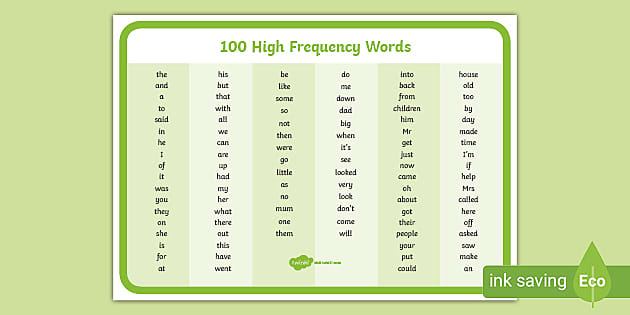
Download a list of the top 100 high frequency words to print and use for at-home spelling practice.
Claim FREE Spelling Resources Today
- Spelling workbooks
- Step-by-step programme
- Spelling test packs
- 100s of worksheets & games
Download Today
What order do children learn high frequency words in?
Children are taught to read in phonics 'phases', and each phase has a corresponding list of high frequency words to learn.
High frequency words in Reception
Phase 2 phonics is generally taught at the beginning of Reception year.
Phase 3 phonics is generally taught in the middle / towards the end of Reception year.
Phase 4 phonics is generally taught at the end of Reception / beginning of Year 1.
| Decodable words | Tricky words | |
| Phase 2 phonics high frequency words | a, an, as, at, and, back, big, but, can, dad, had, get, got, him, his, if, in, is, it, mum, not, on, of, off, up | the, no, to, into, go, I |
| Phase 3 phonics high frequency words | down, for, look, now, see, that, them, this, then, too, will, with | all, are, be, he, her, me, my, she, they, was, we, you |
| Phase 4 phonics high frequency words | went, children, it's, just, from, help | come, do, have, like, little, one, out, said, so, some, there, were, what, when |
High frequency words in KS1
In Years 1 and 2, the list is expanded and includes ‘about’, ‘because’, ‘once’, ‘could’, ‘house’, ‘laugh’, ‘people’, ‘their’, plus days of the week, months of the year and the child’s own address and the school’s address. By now children are expected to be able to read most of them and progress to writing some of them.
By now children are expected to be able to read most of them and progress to writing some of them.
This table shows the kinds of high frequency words children will be learning to read and spell during Key Stage 1:
| Decodable words | Tricky words | |
| Phase 5 high frequency words | don't, day, old, made, I'm, came, by, make, time, here, saw, house, very, about, your | Oh, their, people, Mr, Mrs, looked, called, asked, could |
How should my child be practising these words?
“Make it fun and don’t overdo it,” advises Ian McNeilly, director of the National Association for the Teaching of English. For example, why not try:
- Flashcards – but don’t use drawings alongside or your child may simply stick to looking at the drawing, not the letters. “A child’s ability to concentrate depends on their individual personality,” says Ian.
 “Five minutes could be enough for some, while others could do more.” You can download free high frequency words flashcards from TheSchoolRun for Reception, Key Stage 1 and Key Stage 2.
“Five minutes could be enough for some, while others could do more.” You can download free high frequency words flashcards from TheSchoolRun for Reception, Key Stage 1 and Key Stage 2. - Cut out high frequency word lists and stick them on a prominent place (the fridge, the back of their cereal packet, etc.), so your child has a visible reminder while they're learning them.
- Magnetic letters – good for helping children with tricky words. Leave some up on the fridge so your child becomes more familiar with the word every time they get a drink.
- Memory games – place flashcards downwards for a game of pairs.
- Ask your child to look out for high frequency words on signs or advertisments when you’re on a journey or a shopping trip.
- Choose three or four of the words and help your child make a silly sentence containing as many of them as possible.
- Make sure your child sees you reading. “You are their best role model so show them you enjoy reading,” says Ian, “and make sure books in the house are easily available, not tidied away.
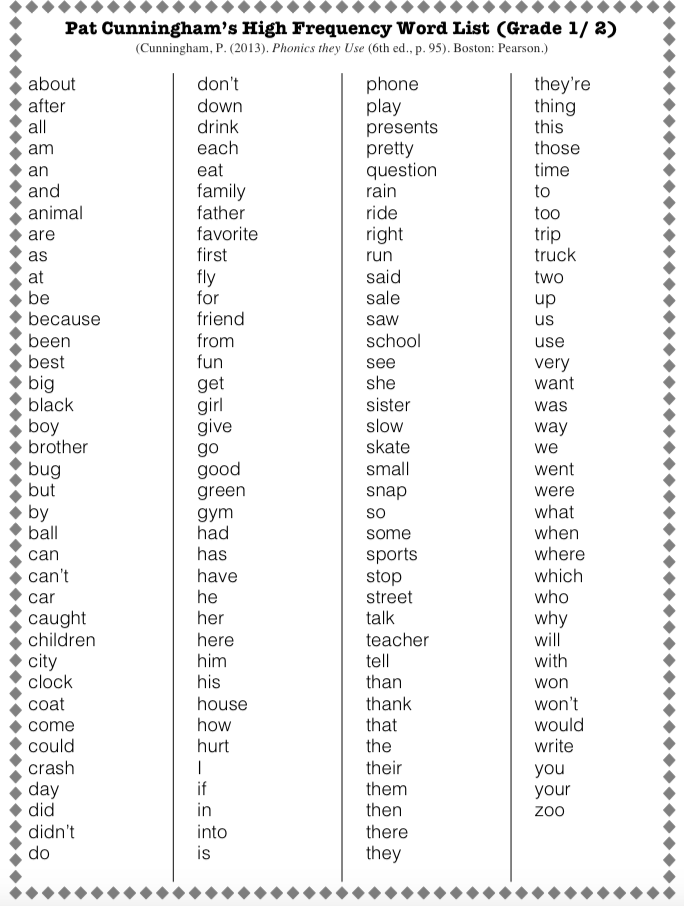 ”
”
My child doesn’t seem to be interested in looking at the words together.
Don't worry, and don't insist – all children learn at their own pace. “Don’t get too hung up if your child is not at the same stage as other children,” says Ian. “In the classroom, there can be a nine-month age gap between children – that’s 20 percent of their life in Reception – and it does make a big difference.”
How are high frequency words taught at school?
Teachers have various different methods of getting children used to reading and spelling high frequency words, for example:
- Large flashcards and posters up around the classroom so that children are constantly made aware of these words.
- Daily reading at school and recommendations for daily reading sessions at home with parents.
- Spelling lists sent home for children to learn on a weekly basis.
- 'Look, cover, write, check' sessions at school, where children are given a word to look at, then cover it over, write it from memory, then uncover the word and check if they were correct.
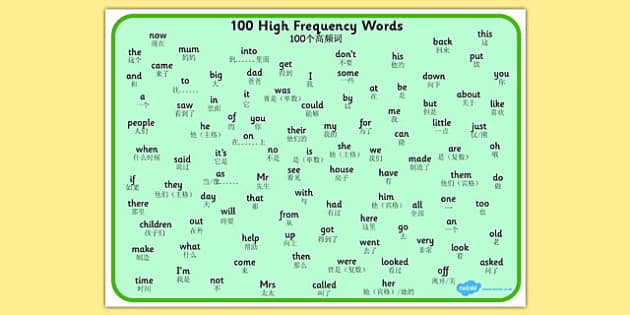
- Giving children handwriting practice using their high frequency words – practising joining one letter to another helps them to remember the letter strings of these words.
More like this
Phonics teaching step-by-step
What is decoding?
What are CVC words, CCVC words and CVCC words?
Teachers' tricks for phonics
Spelling in Reception
Reception baseline assessment tests explained for parents
Reception English: what your child learns
10 ways to boost phonics confidence
What parents need to know about the Year 1 Phonics Screening Check
High Frequency words: A teacher's guide
What are High Frequency Words?
The words that are most frequently used in the written text are called High Frequency Words. For example, 'the,' 'have,' and 'to,' may not have any specific meaning on their own, but these words contribute considerably in providing meaning to a sentence as a whole.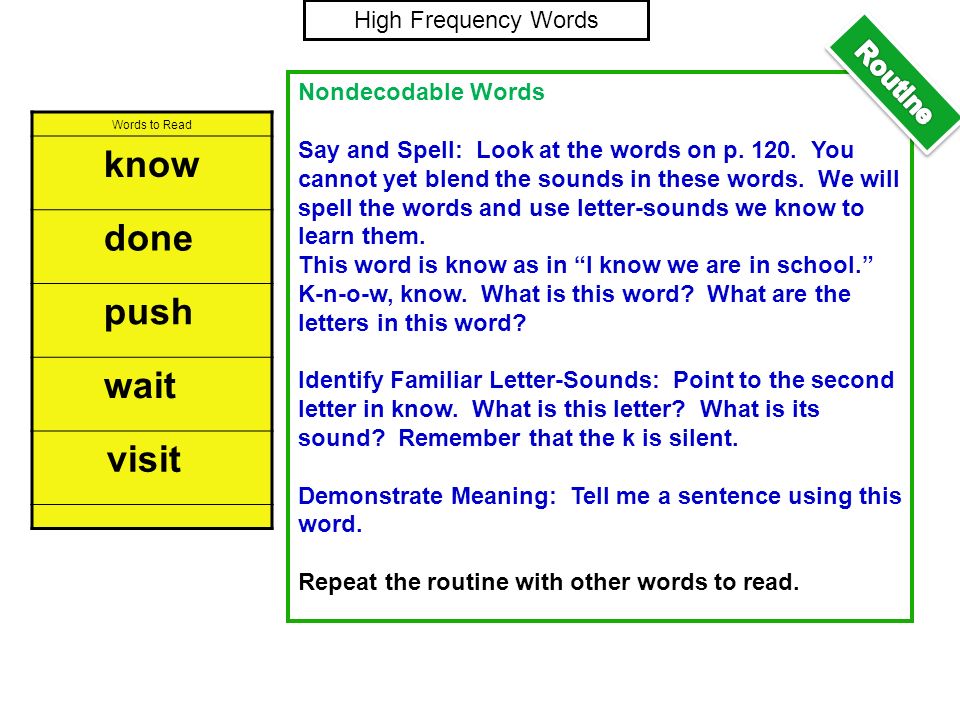 Some high frequency words are also called sight words or tricky words. These words are not only difficult to sound out, but most of these also have a relatively abstract meaning which is difficult to explain to young learners. It is easy for children to learn words like "apple" and "boat" because these can be easily related to a picture or a real object, but it's tricky to explain the words like "of" or "the" because there's no point of reference.
Some high frequency words are also called sight words or tricky words. These words are not only difficult to sound out, but most of these also have a relatively abstract meaning which is difficult to explain to young learners. It is easy for children to learn words like "apple" and "boat" because these can be easily related to a picture or a real object, but it's tricky to explain the words like "of" or "the" because there's no point of reference.
Phonics is the foundation of reading, and teaching children to sound out words correctly helps them learn to recognise letters and sounds.Many schools still use traditional methods of teaching phonics, which often lead to frustration among children who struggle to understand the rules. Children can often encounter an irregular spellings that don't meet any obvious CVC spelling patterns. An unexpected spelling often contradicts what is taught within formal phonics instruction.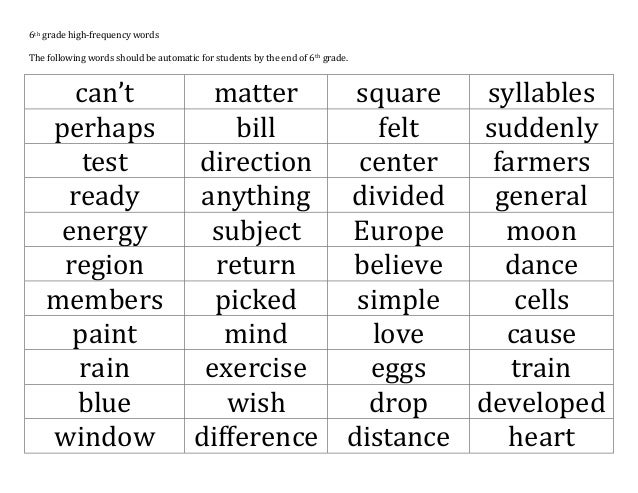 Using frequency word sheets might help children to quickly identify these tricky words without having to identify and blend all the letter sounds.
Using frequency word sheets might help children to quickly identify these tricky words without having to identify and blend all the letter sounds.
Fortunately, there are now several effective ways to teach phonics. One method involves breaking down words into syllables (a vowel plus consonant) and teaching each syllable separately. This approach makes learning to read simple because it focuses on individual sounds rather than whole words. Primary schools are bombarded with advice around reading and it's sometimes difficult to make sense of the latest phonics programme when it might contradict what you have been taught during teacher training. The Internet is scattered with printable teaching resources and phonics lessons. The important thing is school needs to focus on is consistency throughout the different year groups.
Another popular method is called Whole Language, which teaches children to identify letter patterns and blend sounds together. The goal is to help children develop a strong vocabulary and become familiar with different types of words. Whole language is based on the idea that children should be taught to read through real books instead of just being given worksheets. Children need to hear words spoken aloud, and they need to practice recognizing and blending sounds together.
Whole language is based on the idea that children should be taught to read through real books instead of just being given worksheets. Children need to hear words spoken aloud, and they need to practice recognizing and blending sounds together.
Finally, some teachers prefer to combine phonics and whole language. They break down words into syllables and teach children to recognize those syllables individually. Then they teach children to blend the syllables together to form complete words. There are pros and cons to each method, but the bottom line is this: Teaching children to read well is one of the most powerful tools parents and teachers can facilitate.
Why is it important to focus on high frequency words?
Children frequently come across high frequency words while reading texts. Due to this, it is important for the children to pronounce these words, read them correctly, spell them, and know what they indicate within a sentence. These words are considered to be a crucial part of literacy development as children will be frequently using these words in writing too.
Due to this, it is important for the children to pronounce these words, read them correctly, spell them, and know what they indicate within a sentence. These words are considered to be a crucial part of literacy development as children will be frequently using these words in writing too.
Research suggests that there are 16 high frequency words that constitute around a quarter of every text, for both children and adults, which shows exactly why it is important for children to understand these words.
Words like 'I' 'and' 'he' and more complex words such as 'then' 'that' and 'went' are commonly used as we read and write. An educated adult might not notice, but these words can be very tricky for children if they aren't taught how to use these words properly.
Learning and being able to identify high frequency words offers more confidence to the children.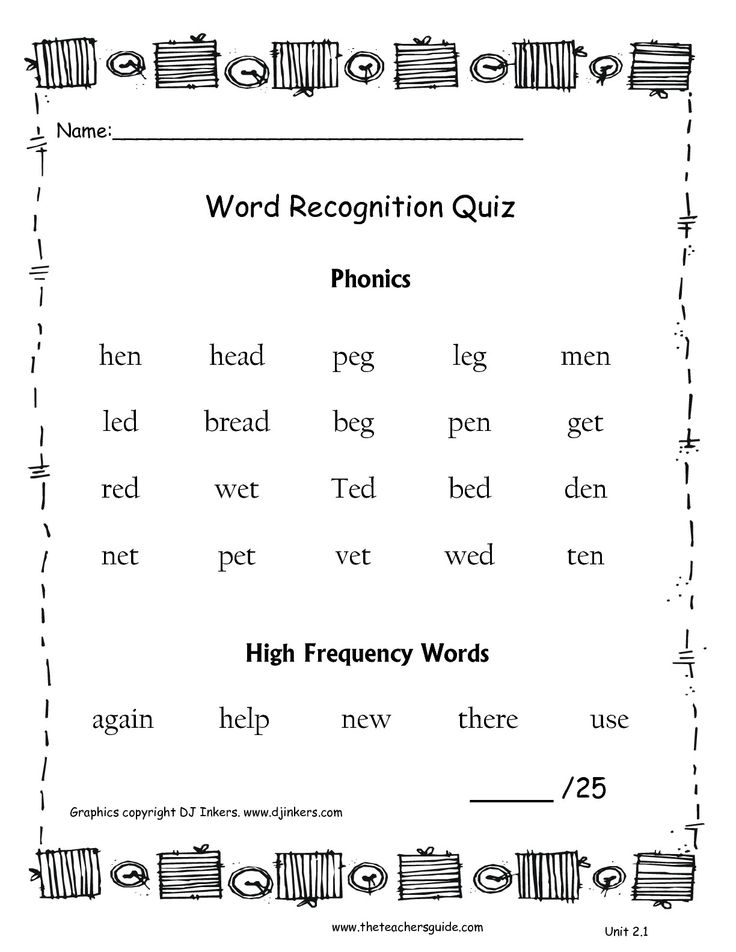 If a young learner can already identify a quarter of the words in a written text, they are more likely to become more interested to continue reading. Being able to recognize and read high frequency words can make reading and writing easier for children in the early years of their educational life.
If a young learner can already identify a quarter of the words in a written text, they are more likely to become more interested to continue reading. Being able to recognize and read high frequency words can make reading and writing easier for children in the early years of their educational life.
A list of high frequency words
What are the strategies to teach children high frequency words?
Phonics as a whole and high frequency words constitute a fundamental part of a young learners' primary education. These establish the basis for writing and reading. Therefore, it is important to teach high frequency words effectively. Following are some of the tools that can be used to teach high frequency words to the students:
- Flashcards: These provide the most popular way to teach high frequency words.
 The teacher may cut mini flashcards out and use them to play a variety of activities and frequency word games that involve repetition and improve students' memory of high and medium frequency words. Every week flashcards can be replaced with new flashcards having more complex words in terms of frequency.
The teacher may cut mini flashcards out and use them to play a variety of activities and frequency word games that involve repetition and improve students' memory of high and medium frequency words. Every week flashcards can be replaced with new flashcards having more complex words in terms of frequency.
- Dictation passages: These act as a great source to assess children's knowledge of high frequency words and reading skills at the same time. Young learners are provided with a piece of writing with the blank spaces and they are asked to fill in the blanks with the missing high frequency words. This is a kind of activity, which makes children familiar with the high frequency words themselves and helps them to enhance their fluency of reading at school.
- Daily reading sessions: These take place in the classroom and children may also get high frequency word lists for home which they have to memorize every week.

- Look, cover, write, check: It is a popular way to teach high frequency words to the students. Children say the word in a loud voice as well as spell and write these words correctly. This method is effective for word recognition, of the words as well as memorization of the sounds.
- At Structural Learning, we have been using a playful approach using the block building process. Children can quickly build words using different phonics combinations.
Developing vocabulary using Writers Block
How to help children practise using high frequency words?
Teaching high frequency words to children is just the initial part of the process. To improve their learning, young learners need practice.
A popular way to practise high frequency words is to use a word mat. A word mat contains high frequency lists of 100 to 200 words that the young learners need to know.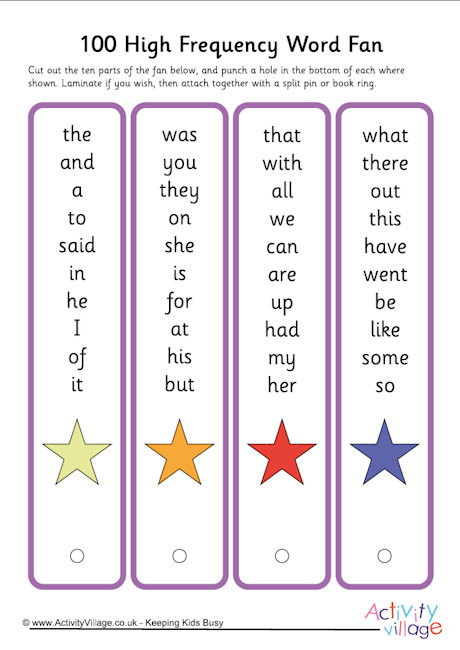 These mats provide a powerful revision and visual tool in the classroom, and children may use them when they are reading or writing.
These mats provide a powerful revision and visual tool in the classroom, and children may use them when they are reading or writing.
Another effective way is a word search. When children are looking for high frequency words, they don't only learn how to spell these words but also develop strong word recognition skills. A word search is an incredible visual tool and also a fun way for young learners to practise this significant part of their learning.
Teachers may improve their young learners' beginner reading skills by engaging them in a high frequency words game! By concentrating on mastering the most widely used words, a high frequency words game may help a child develop his reading proficiency. After learning to read and write high frequency words children will not only build on their vocabulary, but they will also learn new sight words, and improve their reading comprehension.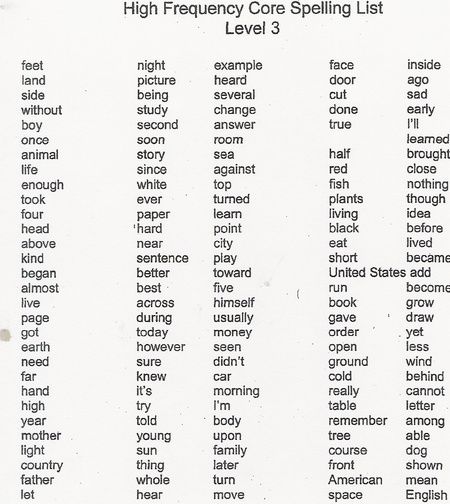
Teachers may display high frequency words in a visually stimulating and engaging way so that children may consistently review their high-frequency words lists. These can be high-frequency word cards, resource packs, word mats, spelling resources, posters, or anything that can be displayed in the classroom which can be used by the children to check and refer to.
Building words using Writer's Block
Embedding high frequency words into classroom practice
One more way to help children practise high frequency words is through playing a memory game in the classroom. A memory game may enhance other brain functions, such as focus, concentration and attention. A good memory game that improves short-term memory can have a positive impact on a person's long-term memory too. If you are interested in this area you might want to look at our article on retrieval practice.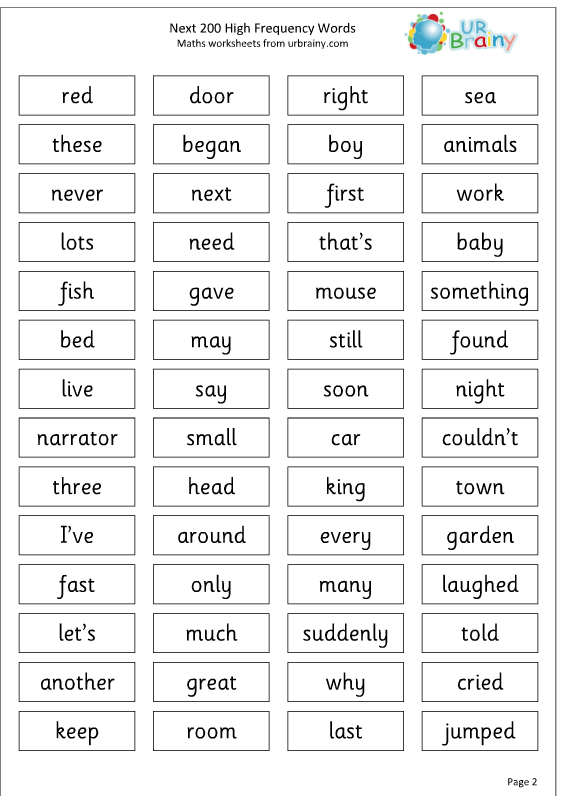 Despite the name, this strategy can be quite engaging and helps strengthen the memory trace. The process can be embedded into reading games where children have to recall key information. Frequency word games can be a great way of camouflaging retrieval practice into an engaging experience. Once you have established your frequency lists, you can then begin to create games around these keywords. The strategy is not restricted to the English language, MFL teachers can create French frequency lists and use the same process of retrieval.
Despite the name, this strategy can be quite engaging and helps strengthen the memory trace. The process can be embedded into reading games where children have to recall key information. Frequency word games can be a great way of camouflaging retrieval practice into an engaging experience. Once you have established your frequency lists, you can then begin to create games around these keywords. The strategy is not restricted to the English language, MFL teachers can create French frequency lists and use the same process of retrieval.
High frequency words are those words that occur most frequently in written texts, for example, "it", "as", "the" and "with". These building-blocks of vocabulary have little meaning alone, but they contribute considerably as a whole to the meaning of a sentence.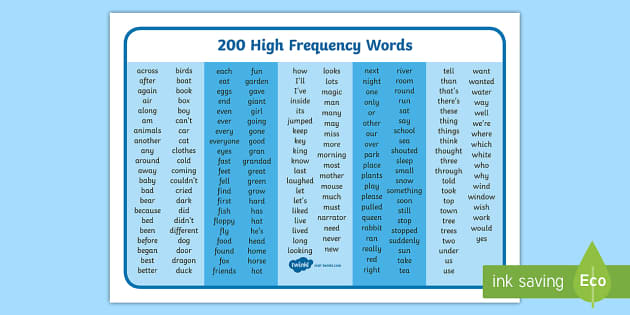 These are the words that may not be able to be pictured, and as such, they simply must be understood and memorized. It is recommended that children learn how to read these words as these words will make up a huge proportion of the words young learners will be reading in everyday texts. They must also learn to spell high frequency words as they would frequently use these a great deal in their writing. Good readers are quick to identify high frequency words, they don't have to work hard to decode them. Sight words are most likely to be "high-frequency" words, which appear most frequently in our language.
These are the words that may not be able to be pictured, and as such, they simply must be understood and memorized. It is recommended that children learn how to read these words as these words will make up a huge proportion of the words young learners will be reading in everyday texts. They must also learn to spell high frequency words as they would frequently use these a great deal in their writing. Good readers are quick to identify high frequency words, they don't have to work hard to decode them. Sight words are most likely to be "high-frequency" words, which appear most frequently in our language.
HF, MF and LF queries in website promotion
- Search queries and their frequency. How to determine the frequency of the request?
- Types of search queries by their frequency
- Low-frequency requests, their concept and features
- Mid-frequency queries, their concept and features
- High-frequency requests, their concept and features
- What are the best queries to choose for promotion?
Search queries and their frequency.
 How to determine the frequency of the request?
How to determine the frequency of the request? The search query is the query that the user enters into the search:
Google Search Suggestions: Top Searches Starting with "How"
The frequency is largely due to the subject and business area, as well as the region, seasonality and search engine.
You can check the frequency using Yandex.Wordstat.
Types of search queries by their frequency
From an SEO point of view, queries are divided into categories by frequency - a parameter that shows how often a query is entered into a search engine:
- low-frequency (LF) - up to 100 impressions per month;
- mid-frequency (MF) - up to 1000 impressions per month;
- high-frequency (HF) - from 1000 impressions per month.
For example, this is what Wordstat will show on the topic of bankruptcy of individuals:
And here is an example for the calligraphy tools theme:
The display difference is huge. In the first case, all requests presented in the screenshot are high-frequency ones, in the second case, low- and mid-frequency ones.
In the first case, all requests presented in the screenshot are high-frequency ones, in the second case, low- and mid-frequency ones.
Low-frequency requests, their concept and features
Let's start with low frequencies: low-frequency requests - how much? Users enter these queries into the search rarely, less than 100 times a month. Examples of such a request are in the previous screenshot (all requests, except for the first one).
However, which queries are considered low frequency is determined for each site individually, because there are extremely popular queries, compared to which even 1000 is low frequency. For example:
Look at the huge numbers. Of course, requests with 500 impressions per month for such a niche are trifles.
Low-frequency queries for promotion play one of the most important roles, they are the most specific and substantive, so it’s more correct to start work on internal site optimization on them.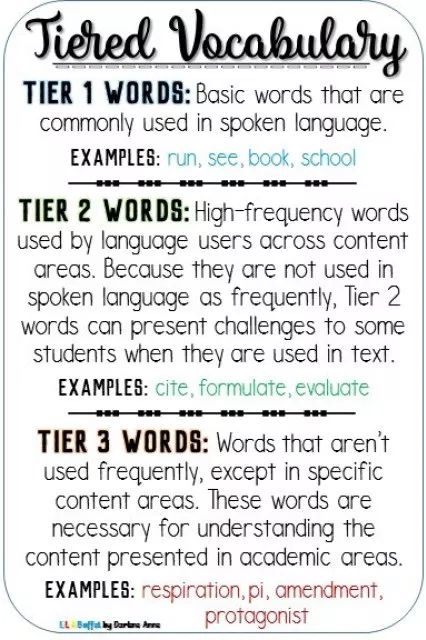 Therefore, the selection of low-frequency queries is the first step to create the semantic core of the site.
Therefore, the selection of low-frequency queries is the first step to create the semantic core of the site.
- How to find low frequency requests? Take everything that Wordstat shows, up to 1 show per month. The more low frequencies at the start of work, the more traffic there will be.
- How to promote low-frequency queries? These are the simplest and most undemanding queries, they do not need to be backed up with links - you just need to create relevant content: write articles, news, product cards that will most meaningfully and accurately answer the user's question.
- Traffic for such queries will start to grow immediately, but perhaps slowly: the queries are low competitive, the results may not be impressive at first, but the more such queries are introduced to the site, the higher its traffic will be in the end.
There are highly competitive low-frequency requests, but rarely - mainly in narrow commercial niches with high competition. That is, there are very few people who enter such requests, it will not be easy to bring the site to the top, but if a user comes to your site, then most likely he will become a buyer.
That is, there are very few people who enter such requests, it will not be easy to bring the site to the top, but if a user comes to your site, then most likely he will become a buyer.
Mid-frequency requests, their concept and features
Mid-frequency queries - how much? Mids are a little more popular than lows. Mid-frequency and low-frequency queries are the basis of website promotion, because there are the most of them. Using both groups of requests, you can achieve optimal attendance at a low investment.
It is more difficult to promote a site on commercial midrange than on informational ones, and this must be taken into account: commercial requests are selling, and the competition for them is higher. For mid-frequency requests, the number of offers corresponds to the level of demand: there are really a lot of sites that are promoted mainly by mid-range. For example, on the Internet, more than one company offers "buy cheap plastic windows" , so be prepared that working on the site in this case can take a lot of time.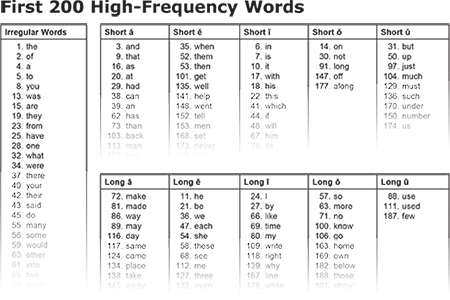
High-frequency requests, their concept and features
What queries are considered high frequency? Those that users enter in the search most often - more than 1000 times a month, for example:
High-frequency queries are an arbitrarily wide variety and the total number of options: there are not only informational and commercial, but also brand queries, which receive very large traffic. But such requests are extremely highly competitive, so the highest-frequency requests are the most expensive in all respects.
Another disadvantage of high-frequency queries in Yandex and Google is not the highest conversion: it is not clear what the user wants when entering the query “laptop screen” in the search box. Does he need care information, addresses of workshops where he can be repaired or replaced, or some technical specifications? And the content of the page may not be what he is looking for at all.
- How to determine high frequency request or not? Use the same Yandex.
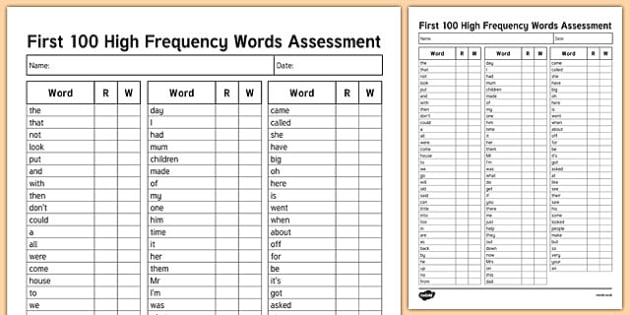 Wordstat.
Wordstat. - How to promote high-frequency queries? Long and expensive. To get to the top of the search results, you will have to work long and hard on the site, impressively investing, including financially. It should be borne in mind that, in particular, the most high-frequency queries (Yandex or Google - it doesn’t matter) are a huge audience flow, including non-target ones, and extremely high competition.
What are the best queries to choose for promotion?
What queries - low-frequency, medium- or high-frequency - should be collected for search engine optimization of your Internet site? Ideal queries for promotion are low-frequency and highly competitive, but this is rarely a dream come true for the optimizer and the client. Therefore, which queries are better to choose for your site depends on the site itself.
If SEO has not been done before, the site is not optimized and you are only at the beginning of the journey, then you need to first take on the low frequencies and work on them, gradually connecting the midrange and high frequencies.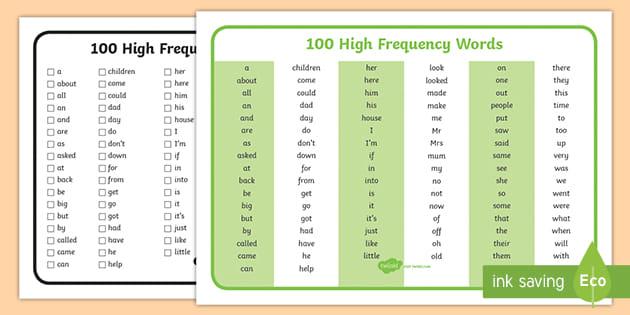
If the site is maximally optimized for mids and lows, take on the highs.
According to the optimization vector, you can also select queries for promotion:
- if the site is developing for demand in the direction or area as a whole - use HF;
- if you need to attract targeted visitors who are looking for one or more areas of your company's work - use more midrange;
- If you need high conversion and sales growth, focus on low frequencies.
classification and how to work with them
Today, successful search promotion is unthinkable without properly selected key phrases or search queries. Keywords are words or phrases used to search for information on the Internet. That is, the key query can be absolutely any word that a person enters into the search box of any of the search engines.
The basis of any work with the site is the selection of key queries, in other words, the compilation of a semantic core. The semantic core is a set of search words and phrases that most accurately characterize the type of activity, goods or services offered by the Internet resource. Without a well-composed SL, you can forget about effective website promotion.
The semantic core is a set of search words and phrases that most accurately characterize the type of activity, goods or services offered by the Internet resource. Without a well-composed SL, you can forget about effective website promotion.
In this article, we will talk about key queries, since the semantic core is based on them. Let's take a closer look at what types of search queries are divided into, analyze their semantics and give useful recommendations on the correct selection of keywords.
Classification of search queries
Search queries are usually classified according to several criteria. Let's look at the types of keywords according to different criteria.
Request rate
-
High frequency keywords. These include the most popular search queries that users enter on the Internet. The frequency of such requests is from 10,000 and more.
For example, “apartment renovation” (676,369 queries), “furniture store” (490,130) are high-frequency queries.

Some inexperienced optimizers believe that the site should be promoted only for high-frequency queries - this is not entirely correct. Promotion only for high-frequency key queries is financially costly, complex and time-consuming, while not always justified, due to the high demand for such queries. High-frequency keys have high competition, therefore, it will take a lot of time, as well as very great efforts, to break through to the TOP. In addition, in the case of promotion by high-frequency queries, the site from a technical point of view, as well as usability, must be perfect. That is why, when compiling a semantic core, we recommend using a small number of high-frequency queries.
-
Mid-frequency keywords. These include keywords with a frequency between 1,000 and 10,000 impressions per month.
"Repair of apartments Irkutsk" (2184), "furniture store Irkutsk" (1893) - medium-frequency key queries.
-
Low frequency queries are the least popular queries among Internet users.
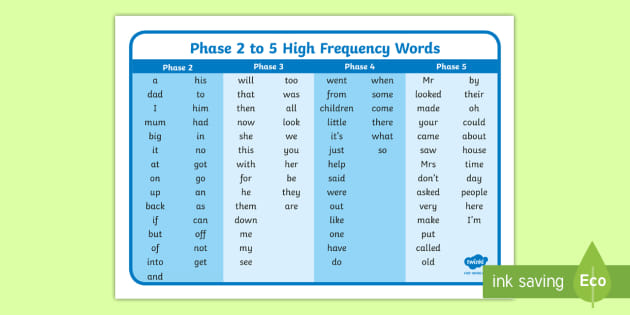 The frequency of such requests is up to 1000 impressions per month.
The frequency of such requests is up to 1000 impressions per month. "Repair of apartments in Irkutsk on a turnkey basis" (51), "Internet store of auto parts for foreign cars in Yekaterinburg" - 61.
-
Some optimizers also distinguish a fourth group of queries - micro-low-frequency . The frequency of such keys is 1-5 requests per month.
When optimizing, first of all, we recommend giving preference to low-frequency, as well as mid-frequency queries. Ranking for low volume keywords will cost you virtually no effort or investment. This is the best promotion method for young and unpromoted sites with a minimal or limited budget. Low-frequency keywords will also help promote high-frequency queries by increasing targeted traffic, increasing site trust, and improving behavioral factors. For any site, the visibility of the site in the search results is important - if it gets into the TOP for a whole group of search queries, this will only positively affect the overall promotion.
But it is worth noting that the assessment of the frequency of key queries is a relative concept. For example, for the site of a children's school of development in Irkutsk, the query "school of early development" with a frequency of 330 will be a high-frequency and very effective query for promotion. That is, when selecting search queries by frequency, the subject of the site and regional affiliation should be taken into account.
Geodependence
-
Geo-specific queries are queries tied to a region.
For example, "pizza delivery" - for this request, there will be one issue in Moscow, and another in Irkutsk.
This is how the search results look like for the query "pizza delivery" with the selected region Moscow:
And so with the Irkutsk region:
-
Geo-independent are search queries for which the results will not differ regardless of the user's location.
 Basically, these are information queries, as well as keys that directly include the name of the city.
Basically, these are information queries, as well as keys that directly include the name of the city. That is, “pizza delivery” is a geo-dependent query (different results depending on the region), and “pizza delivery in Irkutsk” is already geo-independent (the same result regardless of the region where the user is located).
Here are examples of search results: on the left - in Irkutsk, and on the right - in Moscow. As we can see, there is no difference.
Competition
-
Highly competitive are usually the most popular queries for which there is very high competition. In the search results for such keys, there are usually very authoritative sites, "veterans" of the search, who have made a lot of efforts to get into the TOP. To promote a site for highly competitive requests, large financial investments, a long time and professional site optimization are required.
For example, "buy a TV"
-
Average competitive - the bulk of requests with average competition
For example, "buy a Samsung TV"
-
Low competitiveness - tends to be lookup queries with a lot of words
For example, "buy a Sony DSC-RX100 II camera"
To learn how to determine the concurrency of a request, read our article.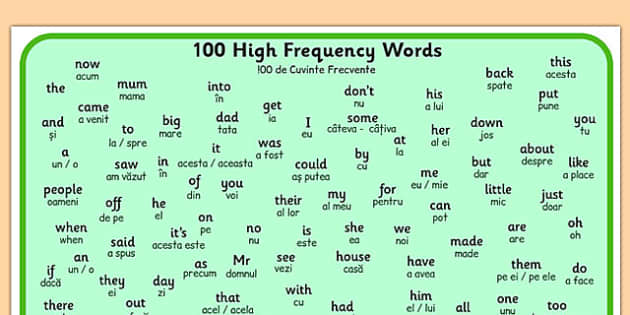
Seasonality
-
Seasonal requests - depend on the specific season, demand may vary depending on what time of year, what date, etc.
For example, "buy skis", "buy flowers for March 8"
You can view the seasonality using the Yandex.Wordstat service. To do this, go to the "History of Requests" section:
-
Non-seasonal (all-season) requests are those for which demand does not change throughout the year, i.e. they are independent of season
For example, "order a pizza", "buy a skirt"
Purpose of search
-
Navigation queries - used by users to search for a specific place, address, site, etc.
For example, “cinema Russia”, “MTS website”
-
Information requests - are cognitive in nature, help the user find information of interest to them about something.

For example, “1PS reviews”, “Irkutsk news”, “how to raise a child properly”
-
Transactional requests - express the user's intention to perform some action.
For example, "order a pizza", "buy a coat", "book a flight to Thailand"
-
Media Queries - Used to search for photos, videos, and music.
e.g. "desktop wallpaper", "listen to Nirvana", "cat videos"
-
General queries are keys of indefinite direction. Based on such a request, it is impossible to understand what exactly the user is looking for. For example, the query "clothes" the user can enter if he wants to buy clothes or see photos of fashionable clothes, perhaps he is looking for cutting patterns for clothes. Such queries usually result in mixed results: there are both commercial and informational sites.
e.g. "car", "dishes", "laptop"
-
Vital queries are search phrases that users enter to search for a specific site
Examples of such requests: VKontakte, Eldorado, Sberbank.
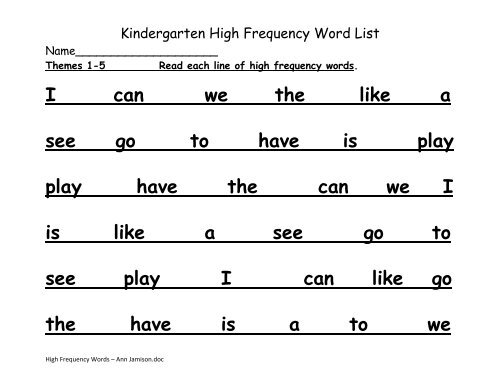
Business value
-
Commercial keywords - entered by users who are interested in any product or service
Examples of such requests: “buy flowers”, “order sushi”, “order website promotion”
-
Non-commercial keywords - information keys, by entering which the user does not have a specific goal to buy or order something. These keywords are informational in nature. You don't need to use them on commercial pages.
Examples of requests: "children's fairy tales", "build a house with your own hands"
When distributing search queries for the semantic core, you must clearly understand the needs of users and promotion goals. For example, for product catalog pages, it would be more appropriate to use key transactional queries: phrases with "buy", "order", "inexpensive". For the blog, as well as the information sections of the site, it is worth using information queries.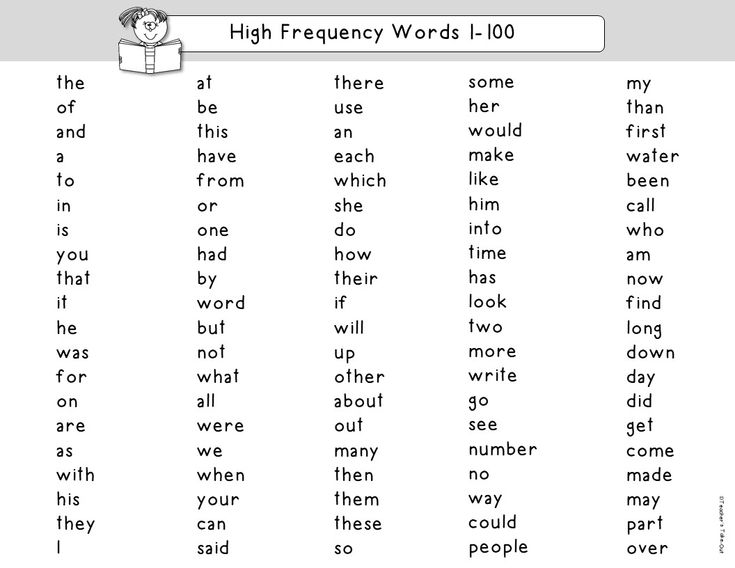
Never use commercial and informational keywords on the same page: you must give preference to one type of query. To check for which page one or another key should be used (for commercial or informational), you need to analyze the search results - manually enter a query and see which pages will be in the TOP-10.
Also, don't use the same queries on different pages - this phenomenon is called "keyword cannibalization". This can lead to relevancy blurring, loss of page weight, deterioration in behavioral factors and, as a result, loss of traffic and positions. More details - here.
Search query structure
Each key query has its own structure semantics. All phrases consist of a body, a specifier and a tail. Let's analyze the anatomy of a search phrase using an example.
Let's take the query "skirt" as an example. This request consists only of the body, it is general, high-frequency, and the competition for it is too high. The use of this request is undesirable for promotion, as it leads to a large amount of inappropriate traffic to the site.
A specifier is added to define transaction ownership. It is the specifier that determines the purpose of the search. For example:
Buy a skirt - transactional request
Cut skirts - informational request
To detail the request, add the tail to it:
Buy a skirt with an overestimated waist
Buy a skirt for girls
Buy a skirt in Irkutsk
Each tail gives a certain part to a certain detail for a selection.
Now, knowing the structure of search queries, you can make a list of keywords for your semantic core using the formula "specifier + body + tail".
Let's try to do this using an example for the 1PS.RU website. We define the body - "website promotion". Next, add the specifier "order website promotion", "buy website promotion" and add the tail "order website promotion in search engines", "order website promotion in 1PS", "order website promotion inexpensively".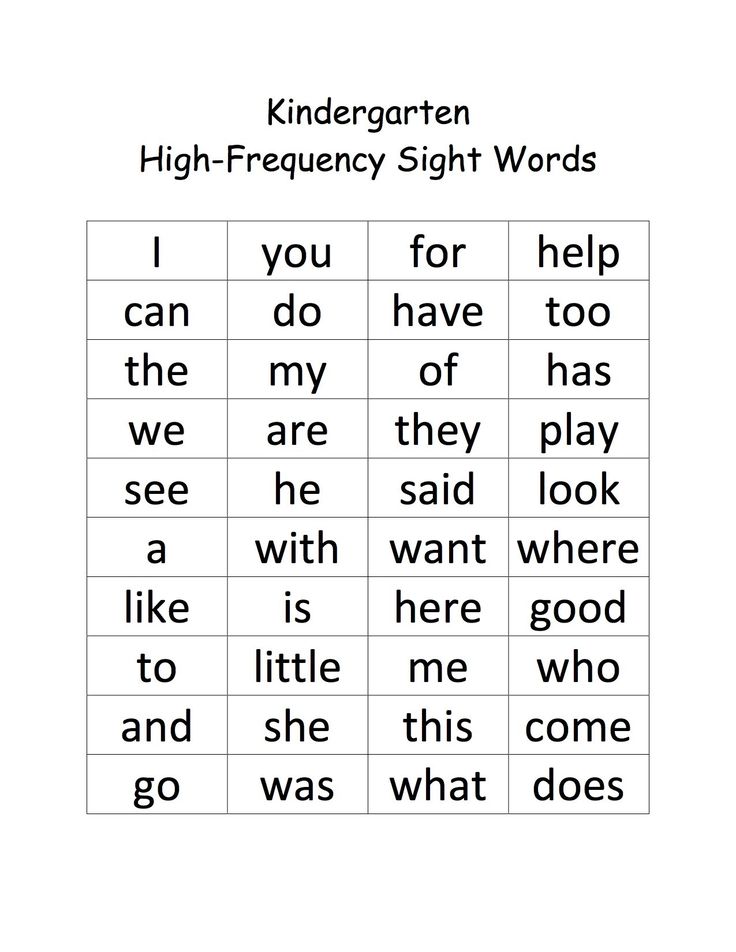
With the help of phrases containing tails, you will expand your audience reach and reduce the competitiveness of the semantic core.
When compiling the semantic core, we recommend using the Yandex.Wordstat phrase selection service.
You can track search query statistics, select suitable keywords for the site, predict traffic to the site, and more. We have already talked about how to work with Yandex.Wordstat in one of the articles.
Now, knowing which keywords are best to use for promotion, you can independently develop a semantic core. For each page of the site, it is optimal to take 3–5 key queries that are important for promotion (one query with a high frequency, two medium and low frequency queries).
After you have competently developed the semantic core for the site, you should optimize the content based on it. Use key phrases from SL to write optimized texts, compose headings, tags, and more.
And if you are not sure of your knowledge, entrust this work to our specialists.



